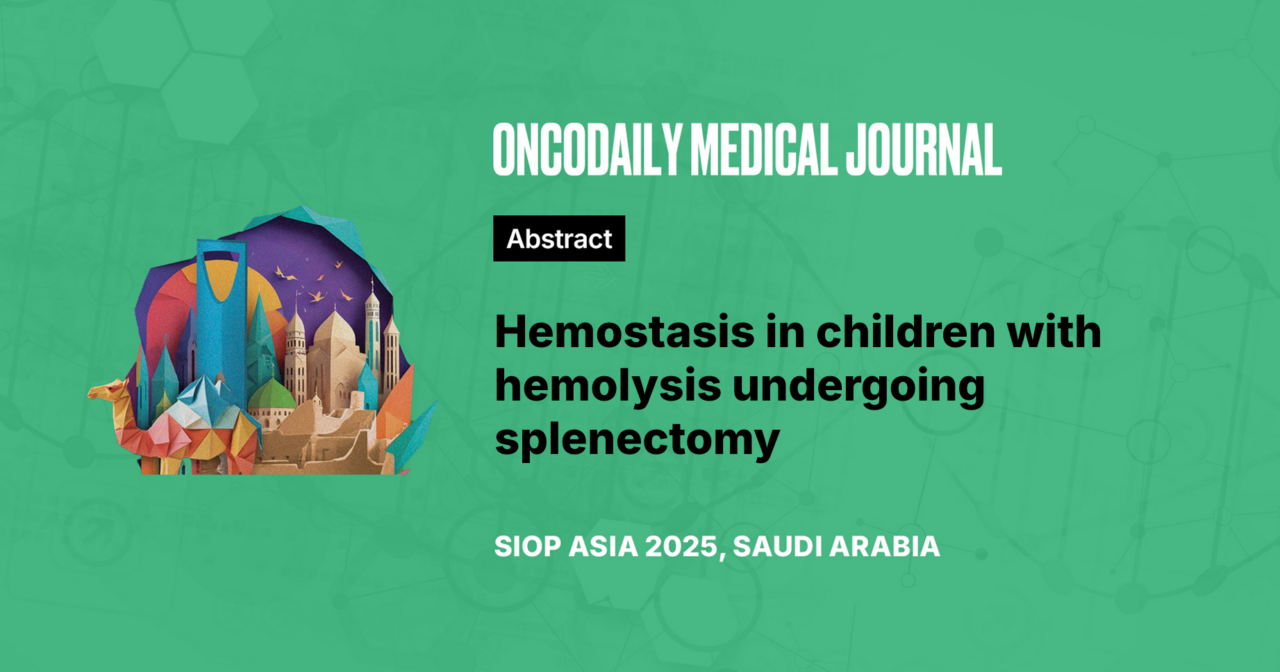Hemostasis in children with hemolysis undergoing splenectomy
Abstract
Introduction: Patients with hemolysis are at high risk of thrombosis after splenectomy. However some patients may also be vulnerable to bleeding. The aim of this study was to estimate the hemostasis system in patients before and after splenectomy.
Methodology: Clotting times (APTT,PT), fibrinogen, ATIII, proteins C and S, von Willebrand Factor (vWF:Ag) and D-dimer levels, platelet aggregometry with ADP, collagen, adrenaline, thrombin, and global hemostasis assay thrombodynamics (TD), thromboelastography (TEG) in two points before and 3-5 days after splenectomy were used to asses the hemostatic state in patients. Twelve children (5 boys and 7 girls, age: 8-17 yrs) with hereditary spherocytosis (HS) and 2 boys (9 and 13 yrs) with autoimmune hemolytic anemia (AIHA) against the background of acute lymphoblastic leukemia (ALL) were enrolled.
Results: We divide patients into 2 groups: with and without hemorrhage. Two patients with HS and one patient with AIHA(ALL) had bleeding after surgery. Clotting times and aggregometry were in normal in all patients before and after surgery. PLT levels (257±127 vs 432±221*109/l) were increased in most patients after surgery, so do fibrinogen (2,01±0,69 vs 4,11±1,74g/l, p<0.01) and D-dimer (90±46 vs 1240±2331ng/ml, p<0.01) levels in all patients. We do not reveal the statistically significant changes in PC, ATIII levels, but some patients had lower PS levels. vWF:Ag (161±39 vs 168±56%in 1st group, 113±50 vs 166±88% in 2nd group).
Patients without hemorrhage reveal the statistically significant increase of vWF:Ag (161±39 vs 168±56%, p<0.01), TEG alpha angle(42±17 vs 51±9deg, p<0.01) and TD clot growth(64±4 vs 57±2μm/min, p<0.01) after splenectomy. TD clot growth(56±7 vs 57±9μm/min) were lower after surgery than before surgery in some patients with hemorrhage.
Conclusions: Postoperative hypercoagulation(revealed by vWF, TEG, TD,PS) is normal after surgery. The patients whose global assay parameters were lower or didn’t change after splenectomy had hemorrhage complications. Interesting that both patients with ALL with AIHA had bleedings after splenectomy.





